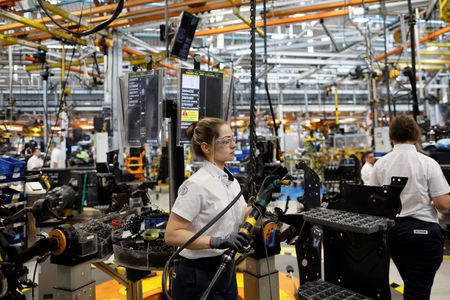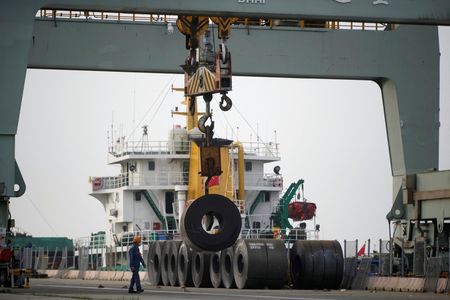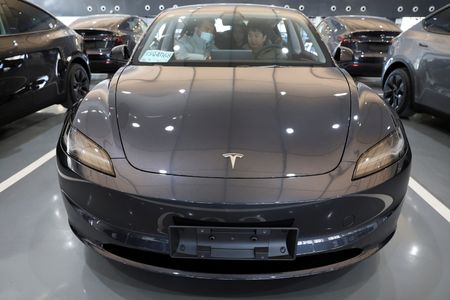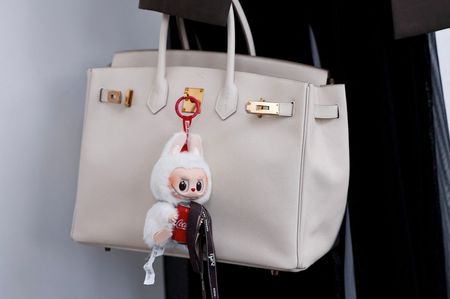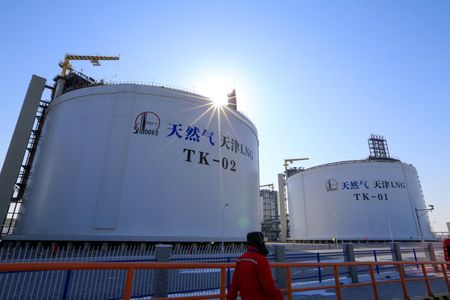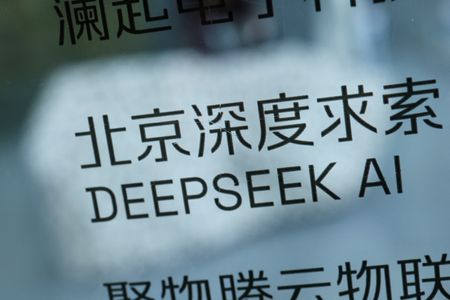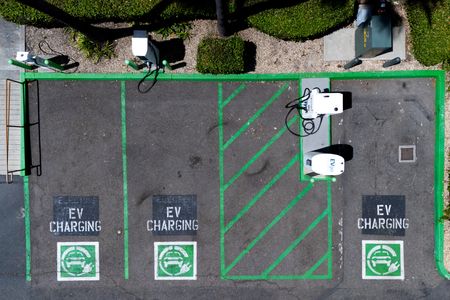By Luciana Magalhaes
SAO PAULO (Reuters) – Swedish truck brand Scania will launch its 2 billion-euro ($2.28 billion) Chinese production hub in October, its third global manufacturing base alongside facilities in Sweden and Brazil, Chief Executive Christian Levin said in an interview.
The new Chinese factory will eventually reach a production capacity of 50,000 vehicles — nearly double what Scania’s Brazilian plant produced last year — while boosting demand for parts made in South America, said Levin, who also runs group Traton, whose portfolio includes the brands Scania, MAN, International, and Volkswagen Truck & Bus.
Scania is also kicking off a new four-year investment cycle in Brazil, which became its second hub after Sweden in the late 1950s, with 2 billion reais ($350 million) of capital spending at its local hub, based in Sao Paulo state, by 2028. Part of the investment is going to initiatives concerning clean transportation, including electrification
With its main production hubs in Europe and South America, offering the same products in different geographies, Scania has been able to expand its presence in several parts of the world.
“It has made us very strong in Latin America and Europe, but we are quite weak in Asia,” Levin said. “If a customer in Asia wants to buy a Scania, they have to get it from Europe or Brazil, which means a wait of maybe six or seven months.”
Setting up in the Chinese market also gives Scania access to the next generation of transportation technology in China.
“So we want to tap into that,” he said. “We want to be part of the ecosystem, we want to be close to the competition.”
Scania’s big bet on China comes amid rising trade tensions with the United States, which Levin called “detrimental to the world overall.”
“It goes away from the world order and from free trade as a fundamental mechanism to make the world richer and a better place to live in,” he said.
By contrast, Levin was optimistic about the prospects for regional trade bloc Mercosur, comprised of Brazil, Argentina, Paraguay and Uruguay, which is looking to ratify a new trade agreement with the European Union, finalized in December talks.
“Now if Mercosur is really coming back, it will make us even stronger.”
(Reporting by Luciana Magalhaes; Editing by Alistair Bell)

